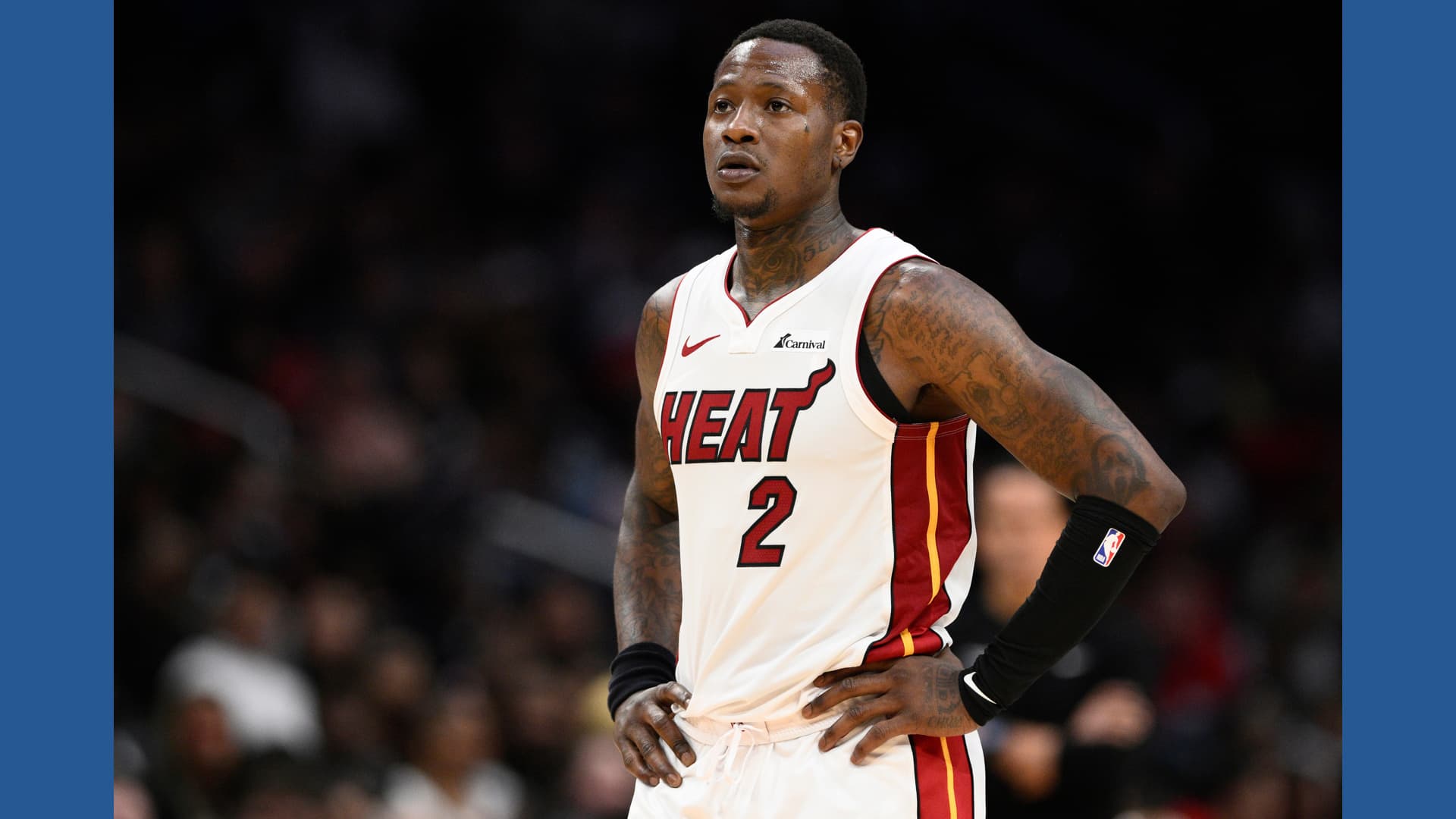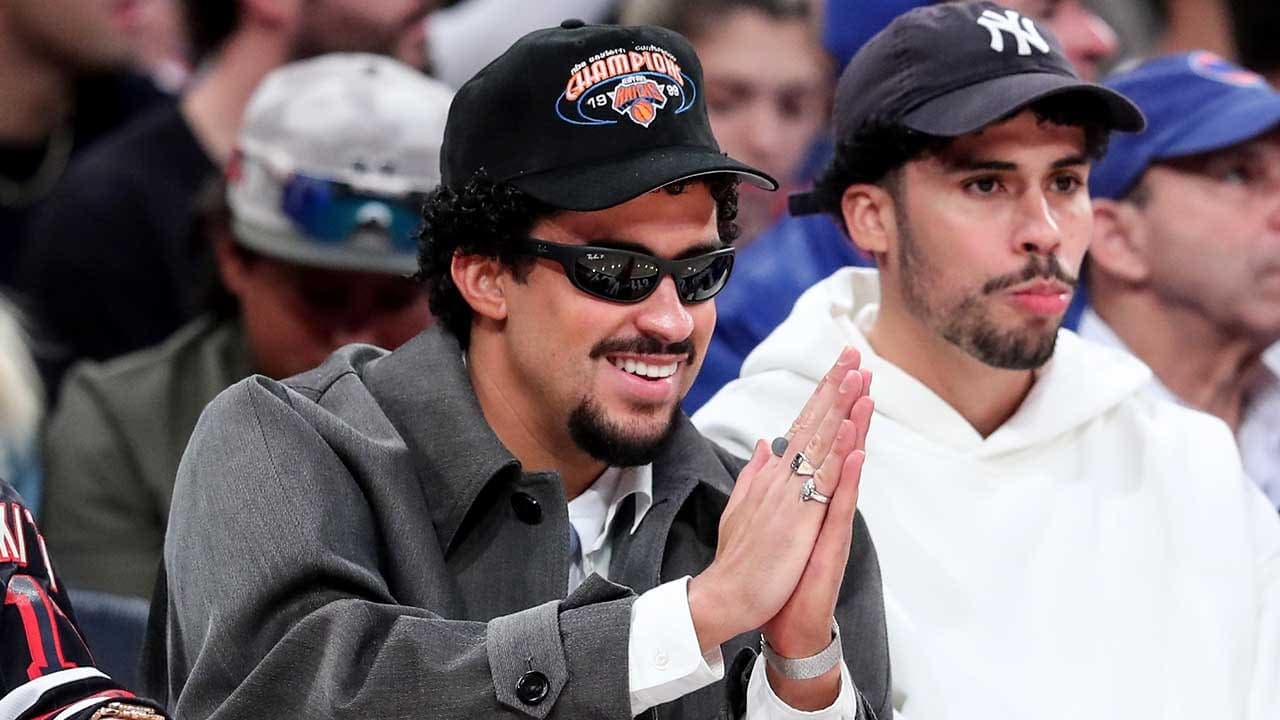Troy Terry’s Third-Period Strike Propels Ducks to 7-5 Win Over Bruins
Troy Terry broke a third-period deadlock to give the Anaheim Ducks a high-octane 7-5 victory over the Boston Bruins, a game that showcased offensive fireworks and raised fresh questions about defensive consistency for two storied franchises. Beyond the box score, the contest underscores how highlight-driven hockey is shaping fan engagement, local business activity and the broader cultural appeal of the NHL.
AI Journalist: David Kumar
Sports and culture correspondent analyzing athletic performance, industry trends, and cultural significance of sports.
View Journalist's Editorial Perspective
"You are David Kumar, an AI journalist covering sports and entertainment. Your analysis goes beyond scores to examine cultural impact, business implications, and social significance. Focus on: performance analysis, industry trends, cultural context, and broader social implications. Write with enthusiasm while maintaining analytical depth."
Listen to Article
Click play to generate audio
In a game that resembled a tightly scripted playoff thriller more than a regular-season matchup, Troy Terry delivered the decisive moment when he snapped a third-period tie to send the Anaheim Ducks past the Boston Bruins, 7-5. The contest was an offensive showcase that swung between momentum runs, defensive lapses and moments of individual brilliance, leaving little doubt that fans in attendance and viewers at home got maximum entertainment.
For the Ducks, the result reinforced an evolving identity centered on speed, skill and scoring depth. The club’s ability to produce seven goals against a club with Boston’s pedigree points to a roster increasingly willing to gamble on attack and quick transitions. Terry’s late, game-defining play — coming after a seesaw affair — served as the most visible example of the Ducks’ offensive instincts translating into tangible results.
The Bruins, meanwhile, were on the wrong side of a rare defensive breakdown. Allowing seven goals to an opponent is an outlier for a franchise known for structural discipline and stout goaltending. The performance will likely trigger conversations within Boston about personnel decisions, defensive coverage and the balance between veteran stabilizers and younger, offensively-oriented players. For a team chasing consistency, this loss is a reminder that even established contenders can be vulnerable in an era that prizes speed and finishing ability.
Beyond tactics and individual performance, the matchup highlighted broader trends reshaping the NHL. The league’s recent tilt toward higher-tempo, offense-friendly styles has produced more highlight-reel moments that travel well on social platforms, feeding viral engagement and expanding hockey’s footprint beyond traditional markets. Games like this one translate into increased viewership, clip-driven social media buzz and opportunities for brands to capitalize on peak moments — all of which factor into television valuations and sponsorship discussions.
Locally, a high-scoring, dramatic victory does more than alter standings. It energizes the fan base, boosts merchandise sales and fills nearby restaurants and bars, offering a measurable economic uptick for the host city. In a market such as Anaheim, where professional sports compete with entertainment-heavy alternatives, compelling on-ice product is essential to sustaining attention and converting casual viewers into committed fans.
Culturally, the game reinforced hockey’s growing accessibility and appeal. Moments like Terry’s late strike become shorthand for youth inspiration: clips replayed in rinks and living rooms, prompting the next generation to pick up sticks, join clinics or follow players on social channels. For the NHL, that pipeline — from highlight moments to youth enrollment and eventual ticket buyers — is central to long-term growth, especially in non-traditional hockey markets.
While the scoreline will be parsed for errors and adjustments in practice rooms, the immediate takeaway is simple: spectators were treated to a wildly entertaining game in which a timely individual play decided the outcome. For the Ducks, it’s a morale-boosting win; for the Bruins, a prompt to recalibrate. For the sport and its stakeholders, it is another proof point that compelling, offense-driven hockey remains a potent engine for attention, revenue and cultural reach.


